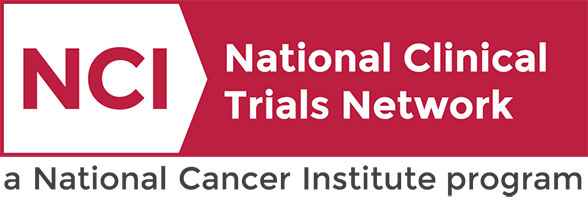Clinical Trials Search at Vanderbilt-Ingram Cancer Center
A Study of a New Way to Treat Children and Young Adults With a Brain Tumor Called NGGCT
Multiple Cancer Types
This phase II trial studies the best approach to combine chemotherapy and radiation therapy (RT) based on the patient's response to induction chemotherapy in patients with non-germinomatous germ cell tumors (NGGCT) that have not spread to other parts of the brain or body (localized). This study has 2 goals: 1) optimizing radiation for patients who respond well to induction chemotherapy to diminish spinal cord relapses, 2) utilizing higher dose chemotherapy followed by conventional RT in patients who did not respond to induction chemotherapy. Chemotherapy drugs, such as carboplatin, etoposide, ifosfamide, and thiotepa, work in different ways to stop the growth of tumor cells, either by killing the cells, by stopping them from dividing, or by stopping them from spreading. Radiation therapy uses high energy x-rays or high-energy protons to kill tumor cells and shrink tumors. Studies have shown that patients with newly-diagnosed localized NGGCT, whose disease responds well to chemotherapy before receiving radiation therapy, are more likely to be free of the disease for a longer time than are patients for whom the chemotherapy does not efficiently eliminate or reduce the size of the tumor. The purpose of this study is to see how well the tumors respond to induction chemotherapy to decide what treatment to give next. Some patients will be given RT to the spine and a portion of the brain. Others will be given high dose chemotherapy and a stem cell transplant before RT to the whole brain and spine. Giving treatment based on the response to induction chemotherapy may lower the side effects of radiation in some patients and adjust the therapy to a more efficient one for other patients with localized NGGCT.
Germ Cell (Pediatrics),
Pediatrics
II
Esbenshade, Adam
NCT04684368
COGACNS2021
A Study of Lower Radiotherapy Dose to Treat Children With CNS Germinoma
This phase II trial studies how well lower dose radiotherapy after chemotherapy (Carboplatin \& Etoposide) works in treating children with central nervous system (CNS) germinomas. Radiation therapy uses high energy x-rays, particles, or radioactive seeds to kill cancer cells and shrink tumors. Carboplatin is in a class of medications known as platinum-containing compounds. It works in a way similar to the anticancer drug cisplatin, but may be better tolerated than cisplatin. Carboplatin works by killing, stopping or slowing the growth of tumor cells. Etoposide is in a class of medications known as podophyllotoxin derivatives. It blocks a certain enzyme needed for cell division and DNA repair and may kill cancer cells. Researchers want to see if lowering the dose of standard radiotherapy (RT) after chemotherapy can help get rid of CNS germinomas with fewer long-term side effects.
Not Available
II
Esbenshade, Adam
NCT06368817
COGACNS2321


